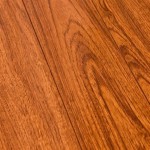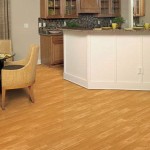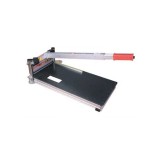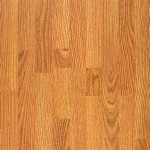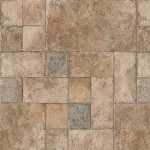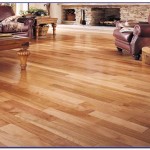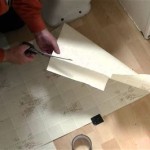The Essential Aspects of Wood Flooring Texture
When choosing wood flooring, texture is an essential consideration that can significantly impact the overall look and feel of your space. The texture of wood flooring refers to the surface pattern created by the natural grain and imperfections in the wood, and it can vary greatly depending on the species, cut, and finishing techniques used.
Natural Grain Patterns
The natural grain patterns in wood are unique to each tree and contribute significantly to the texture of the flooring. Common grain patterns include straight grain, which runs parallel to the length of the board; quarter-sawn grain, which has a swirling, striped appearance; and rift-sawn grain, which exhibits a linear, fine-grained pattern.
Imperfections and Character
Imperfections such as knots, checks, and wormholes add character to wood flooring and create a more rustic or distressed look. These imperfections are often embraced in certain styles of flooring, particularly in reclaimed or antique woods.
Finishing Techniques
The finishing techniques used on wood flooring can also influence its texture. Brushing, distressing, and hand-scraping can create a distressed or aged appearance, while wire-brushing can enhance the grain patterns. Staining and antiquing techniques can further alter the color and texture of the flooring.
Smooth or Distressed
Wood flooring can be categorized as smooth or distressed based on its texture. Smooth flooring has a flat, even surface with minimal imperfections, while distressed flooring features more pronounced grain patterns, imperfections, and wear marks. The choice between smooth or distressed flooring depends on personal preference and the overall design style of the space.
Gloss or Matte Finish
The gloss or matte finish of wood flooring can also affect its texture. A matte finish creates a more subdued appearance that highlights the natural grain patterns, while a gloss finish enhances the depth and richness of the wood's color. The choice of finish depends on the desired look and the amount of light in the room.
Conclusion
Wood flooring texture is a key element that can transform the look and feel of any space. By understanding the natural grain patterns, imperfections, finishing techniques, and options for smooth or distressed and gloss or matte finishes, you can make informed decisions that will create a floor that perfectly complements your home's style.

Seamless Wood Flooring S Browse 68 996 Stock Photos Vectors And Adobe

Fine Wood Floor Texture Background S

Seamless Wood Flooring S Browse 68 996 Stock Photos Vectors And Adobe

Wood Floor Texture Vector Art Icons And Graphics For Free

Wood Flooring Texture Seamless Vectors Ilrations For Free Freepik

High Resolution 3706 X 3016 Seamless Wood Flooring Texture Timber Background Teak Floor

Floor Wood Oak Free Texture

Textures Architecture Wood Floors Parquet Dark Flooring Texture Seamless Floor Tile

Oak Staggered Architextures

Wood Flooring Texture

